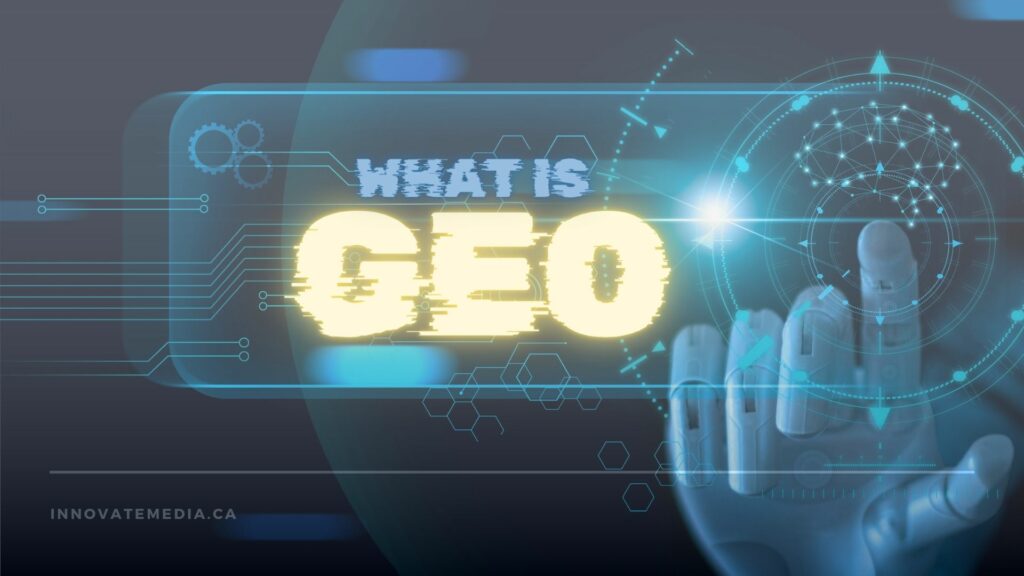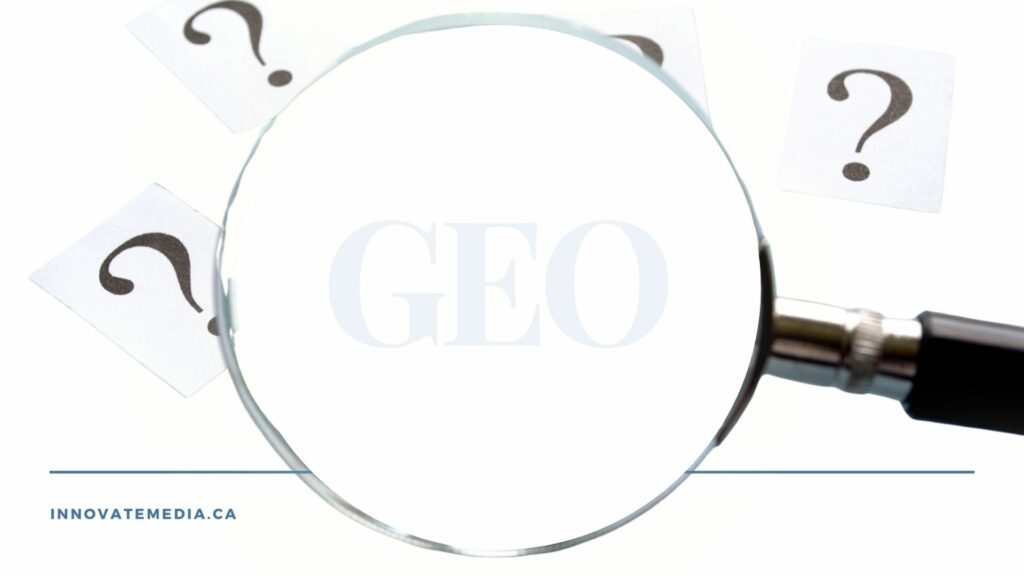
In the ever-evolving world of digital marketing, staying ahead of the curve is crucial. One emerging trend is Generative Engine Optimization (GEO).
GEO is a new approach to SEO, leveraging artificial intelligence and machine learning. It’s transforming how we optimize online content.
But what exactly is Generative Engine Optimization? How does it differ from traditional SEO practices? And more importantly, how can you use it to your advantage?
In this article, we’ll delve into the world of GEO. We’ll explore its significance, how it works, and how it’s changing the SEO landscape.
We’ll also provide actionable GEO tips and insights into current SEO trends. Whether you’re a digital marketer, an SEO specialist, or a content creator, this guide is for you.
So, let’s embark on this journey to understand and harness the power of Generative Engine Optimization.

Understanding Generative Engine Optimization (GEO)
Generative Engine Optimization, or GEO, is a novel concept in the field of SEO. It’s a technique that uses artificial intelligence to optimize content for search engines.
Unlike traditional SEO, which relies on human input, GEO leverages machine learning algorithms. These algorithms generate content that’s tailored to the preferences of search engine algorithms.
The goal of GEO is to create content that’s not only relevant to users but also highly optimized for search engines. It’s about striking a balance between user engagement and search engine visibility.
GEO is a response to the increasing complexity of search engine algorithms. As these algorithms become more sophisticated, the need for advanced optimization techniques grows.
In essence, GEO is about staying one step ahead. It’s about using the power of AI to create content that’s perfectly aligned with the latest SEO trends. It’s about ensuring your content is always at the top of search engine results.

The Role of AI and Machine Learning in GEO
Artificial Intelligence (AI) and Machine Learning (ML) are the driving forces behind GEO. They enable the creation of content that’s highly optimized for search engines.
AI and ML algorithms analyze vast amounts of data to understand search engine preferences. They identify patterns and trends that can be used to optimize content.
These algorithms can generate content that’s tailored to specific search queries. This increases the relevance of the content, leading to higher user engagement.
Moreover, AI and ML can adapt to changes in search engine algorithms. This ensures that the content remains optimized even as SEO trends evolve.
In short, AI and ML are the engines that power GEO. They enable the creation of content that’s not only relevant but also highly optimized for search engines.

Traditional SEO vs. Generative Engine Optimization
Traditional SEO and Generative Engine Optimization (GEO) both aim to improve search engine rankings. However, their approaches differ significantly.
Traditional SEO focuses on optimizing existing content. It involves keyword research, meta tag optimization, and backlinking. It’s a manual process that requires a deep understanding of SEO best practices.
On the other hand, GEO leverages AI and ML to generate optimized content. It uses generative algorithms to create content that’s tailored to specific search queries. This makes the content more relevant and engaging.
In essence, while traditional SEO optimizes content for search engines, GEO creates content that’s inherently optimized. This fundamental difference makes GEO a powerful tool in the ever-evolving landscape of SEO.

Implementing GEO Strategies in Your Content Marketing
Implementing GEO in your content marketing strategy requires a shift in mindset. Instead of optimizing existing content, you’re creating content that’s inherently optimized.
The first step is understanding the role of AI and ML in GEO. These technologies power the generative algorithms that create optimized content. Familiarize yourself with these technologies and how they can be leveraged in content creation.
Next, integrate GEO with your existing SEO tactics. This includes keyword research, backlinking, and meta tag optimization. These tactics still play a crucial role in SEO, even with the advent of GEO.
Here are some tips for integrating GEO in your content marketing:
- Stay updated with the latest SEO trends.
- Understand the role of AI and ML in GEO.
- Integrate GEO with your existing SEO tactics.
- Continuously refine your GEO strategies based on data analysis.
- Balance human creativity with machine-generated content.
Remember, GEO is not a replacement for traditional SEO. It’s a powerful tool that can complement and enhance your existing SEO strategies.

The Benefits of GEO for Search Engine Rankings
Generative Engine Optimization offers several benefits for improving search engine rankings. One of the key advantages is its ability to create highly relevant and optimized content.
This content is generated based on search engine algorithms. It’s designed to meet the specific requirements of these algorithms, which can lead to improved rankings.
Moreover, GEO can enhance user engagement. By creating content that’s tailored to user intent, GEO can increase the time users spend on your website.
Lastly, GEO can help overcome content saturation. It can generate unique content that stands out in the crowded digital landscape, giving your website a competitive edge.

GEO Tips: Integrating with Current SEO Trends
- Stay updated with SEO trends: SEO is constantly evolving. Staying updated with the latest trends can help you align your GEO strategies effectively.
- Understand search engine algorithms: A deep understanding of how search engines work can help you leverage GEO more effectively.
- Balance human creativity and machine-generated content: While GEO can generate optimized content, human creativity is still crucial for creating engaging and relatable content.
- Use analytics to measure success: Regularly measure and analyze your GEO efforts to understand what’s working and what needs improvement.
By integrating GEO with current SEO trends, you can create a robust content optimization strategy that drives results.

The Future of SEO: Generative Technologies and Beyond
Generative technologies are set to redefine the future of SEO. They offer the potential to create highly optimized content that aligns with search engine algorithms.
The rise of AI and machine learning in SEO is just the beginning. As these technologies evolve, we can expect more sophisticated content generation and optimization techniques.
However, the human element in content creation will remain crucial. The balance between machine-generated content and human creativity will shape the future of SEO.
Embracing generative technologies today can prepare you for the future of SEO, ensuring your content remains relevant and competitive.

Embracing GEO for Effective Content Optimization
Generative Engine Optimization (GEO) is not just a trend, but a significant shift in SEO practices. It’s a tool that can help you create more relevant, engaging content.
By understanding and implementing GEO, you can stay ahead of SEO trends. It can help you optimize your content more effectively and improve your search engine rankings.
However, remember that GEO is not a replacement for traditional SEO. It’s an addition to your SEO toolkit, meant to complement and enhance your existing strategies.
Embrace GEO today, and prepare your content for the future of SEO.
